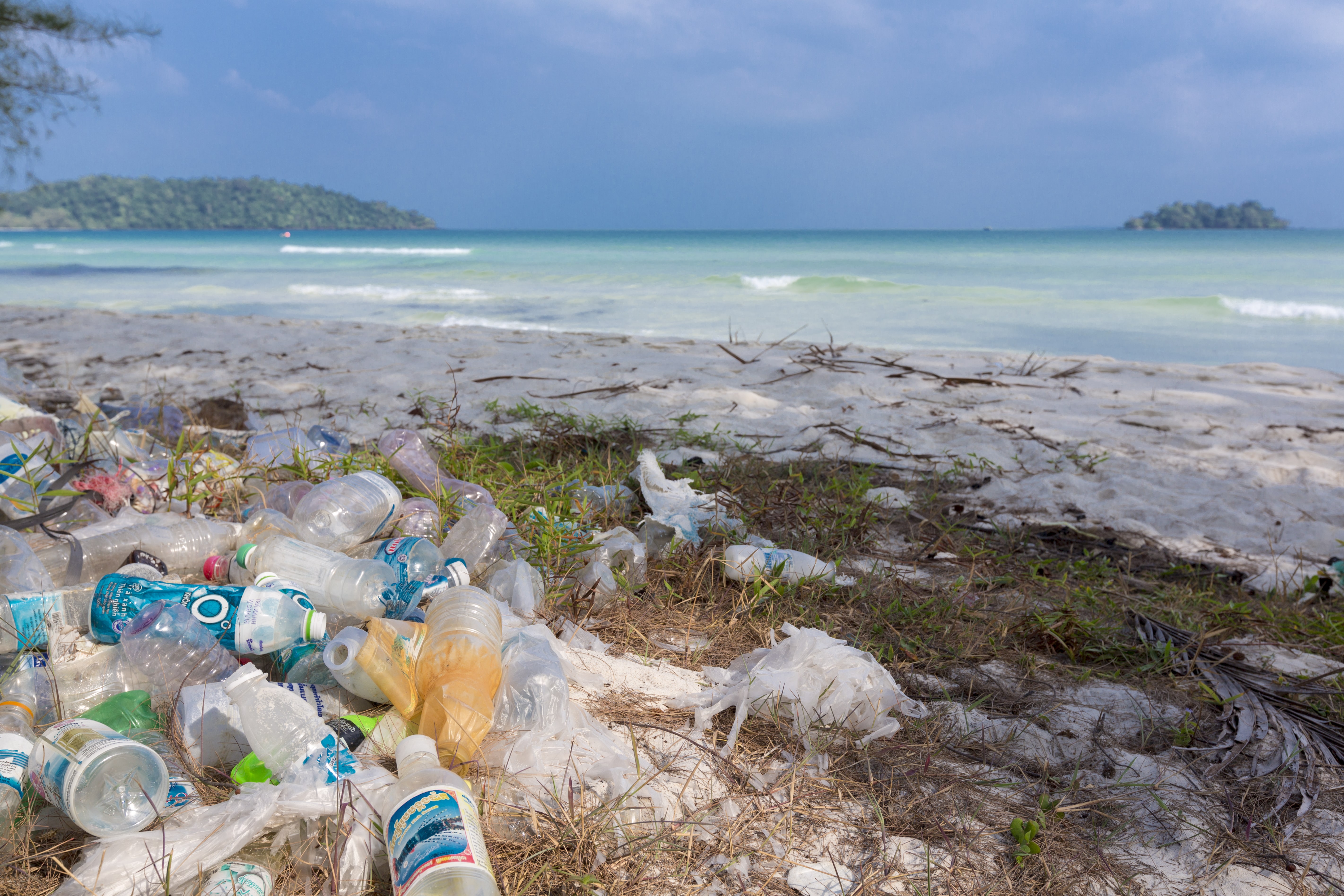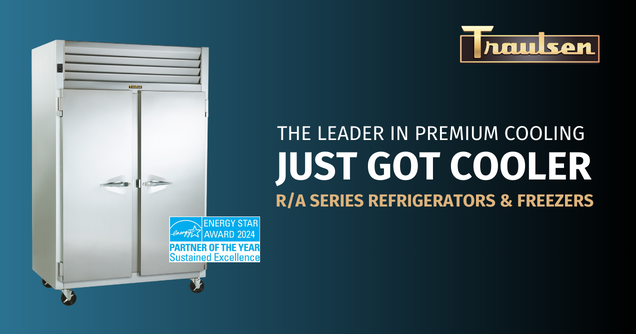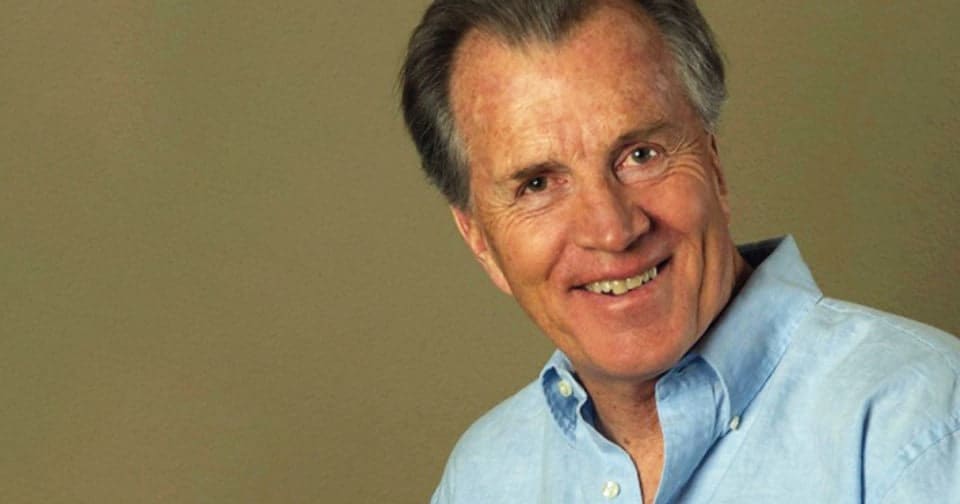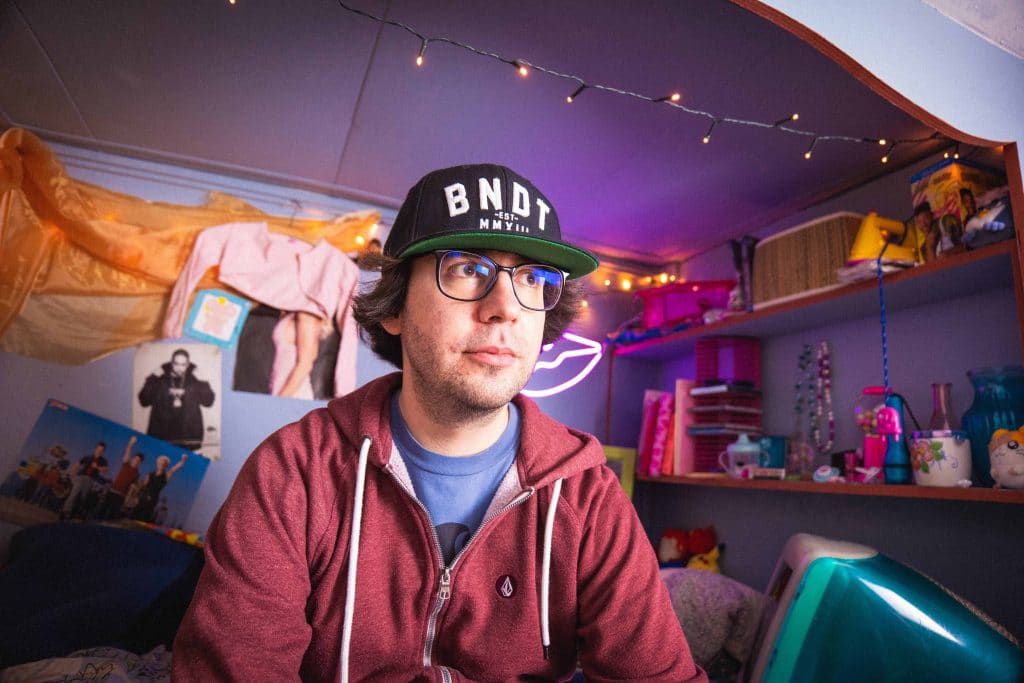
Although Europe has its fair share of blame to take for global concern around packaging waste, there’s no doubt the American continent punches above its weight.
In total, it is thought to account for over a third of the global packaging industry, a higher proportion than any other region. The Environmental Protection Agency (EPA) estimates over 75% of plastic material generated by households and businesses in the US ends up in landfill. The EPA thinks the percentage of plastic waste thrown away every year may have grown by a factor of 12 since 1960, while plastic recycling rates remain light.
The prolific plastic consumption of American consumers is contributing to ecological havoc. Evidence of this can be found just off the West Coast of America, where the Great Pacific Garbage Patch – conservatively believed to be the size of Texas, but possibly bigger than Russia – is testament to the problems that can result from a throwaway culture around packaging. Much of this garbage is entering the food chain as partially degraded plastics are gobbled up by marine life.
Just as in Europe – where, in 2014, 163 kilograms of packaging waste was generated per person across the continent – businesses and regulators are recognising the need for change. With packaging from European and American consumers being sucked into Pacific currents and Indonesian islands seeing their beaches inundated with non-biodegradable plastics, it’s a global problem requiring an ecologically friendly settlement.
Faltering political will?
In many countries, uniting disparate parties around the common goal of minimising packaging waste is proving easier said than done.
Wrangling over regulation often lies in a failure to synchronise initiatives in multi-tiered political systems. In the US, for example, inconsistency prevails over national versus state-level initiatives to curb the harmful effects of packaging waste.
President Trump’s lax approach to environmental matters aside – he has been reluctant to increase regulatory burdens via directives from Washington, and moved to stifle public availability of new research from the EPA – decisions about the fate of municipal waste lie at state and local level, inhibiting an overarching solution. In New York, for example, governor Andrew Cuomo’s efforts have juddered to a halt. His much-vaunted Plastic Bag Task Force, formed at the end of 2017, failed to come to a conclusion on how the state could solve its plastic problems, leading council member Brad Lander to decry Cuomo’s “total failure of leadership”.
Elsewhere, however, the outlook is more upbeat. According to foodservice consultant John Turenne FCSI, California “leads the way” when it comes to action on cutting down packaging waste. 2018 alone has seen new legislation introduced to the state senate that will mandate state parks, beaches and facilities to provide recyclable or compostable packaging on all their takeout food by 2021.
So progress is taking shape in the US, but a joined-up solution is not forthcoming. Other countries taking a more uniform top-down approach have made substantial gains; taking the example of plastic bags, France and Italy have led the way in Europe and China and India in Asia by imposing outright bans on their use. In the UK, a £0.05 tax on plastic bags that commenced in 2015 has seen usage drop by over 80%, demonstrating how well-placed regulation can encourage smart choices.
This progress is, however, spasmodic, and much remains to be done. Plastic bags aside, the UK’s “latte levy” on hard-to-recycle coffee cups ground to a halt in March 2018. Additionally China and India are nurturing the world’s biggest consumer markets, and commentators agree that as growth accelerates demand for unsustainable packaging will rise with it.
Thus even in the markets where packaging reform efforts are in full flow, unsustainability may outpace goodwill. But there is hope; the cause of ecological stewardship is increasingly being taken up in the world’s boardrooms.
Firms take up the slack
Realising the regulatory tide is turning against them, unsustainable options will soon become untenable and consumers are becoming more conscientious, some of the world’s biggest firms are taking matters into their own hands when it comes to environmentally friendly packaging.
One outstanding example comes from Starbucks. The aforementioned cup conundrum is giving coffee connoisseurs a headache; separating the paper exterior from its waterproof innards has baffled recycling experts for years. In addition to trialling their own cup levy, Starbucks, whose consumers get through approximately 6 billion cups per year, is offering $10 million in grants to inventors who can come up with a new compostable option. It’s a particularly ambitious scheme which could revolutionise the coffee industry.
However, Starbucks is only the latest to jump on the global corporate bandwagon of sustainability. Evian and PepsiCo have promised all their bottles will be made of 100% recycled plastic by 2025, with Coca-Cola pledging an average of 50% recycled material by 2030.
Furthermore, wider trends in the packaging industry suggest firms are shifting to recyclable alternatives. Glass, worth nearly $50 billion in globally in 2013, is on the verge of huge growth according to industry insiders, with growing uptake in growing sectors (like beverages and pharmaceuticals) as well as new markets (like the booming Asia-Pacific region). Highly reusable and subject to ongoing research to make it more efficient, the onward march of glass suggests sustainability is in vogue.
In Turenne’s work across institutional foodservice, he too detects sustainability is creeping up the pecking order. School systems are “beginning to eliminate disposable serviceware and reinvesting in ware washing equipment.” Also of note is the rise of reusable food containers to cut down on waste: in many universities, “regular guests take their meals out of the café in hinged washable containers and, upon returning, turn that container in for washing and getting a fresh one to take out,” he says.
According to Turenne, “when reusable is not an option, cost becomes the next hurdle.” Cracking down on gratuitous packaging is becoming simpler with the advance of environmentally friendly disposable alternatives to traditionally used materials like Styrofoam. Turenne points out that in many businesses this is being led by an Environmental Stewardship Council, “comprised of workers at all levels of the company.”
The consultant perspective
Despite the clear enthusiasm of employers and employees alike, it may be unduly optimistic to assume the corporate world is on the verge of overturning Earth’s ecological woes. But the demand for strategies to make packaging more sustainable is on the rise in the industry. This is where consultants come in. Turenne points to a clear guiding principle from the consultant’s perspective: “understand the client’s motivations and roadblocks before you begin solution solving.”
Turenne underlines four key questions to ask: “Who is driving for change? How much influence do they carry? What is the capacity for equipment upgrades like washable and reusable? Is their clientele a regular enough audience to participate in a trade-in programme?” Consultants can integrate the worthy drive for sustainability with overall feasibility and a smoothly functioning underlying infrastructure, helping both their clients and the planet.
There’s a long way to go before the world’s packaging-precipitated problems are solved. But businesses are showing an appetite to drive change even when regulators hesitate. Consultants have an opportunity – and a duty – to play a central role.
Thomas Lawrence




